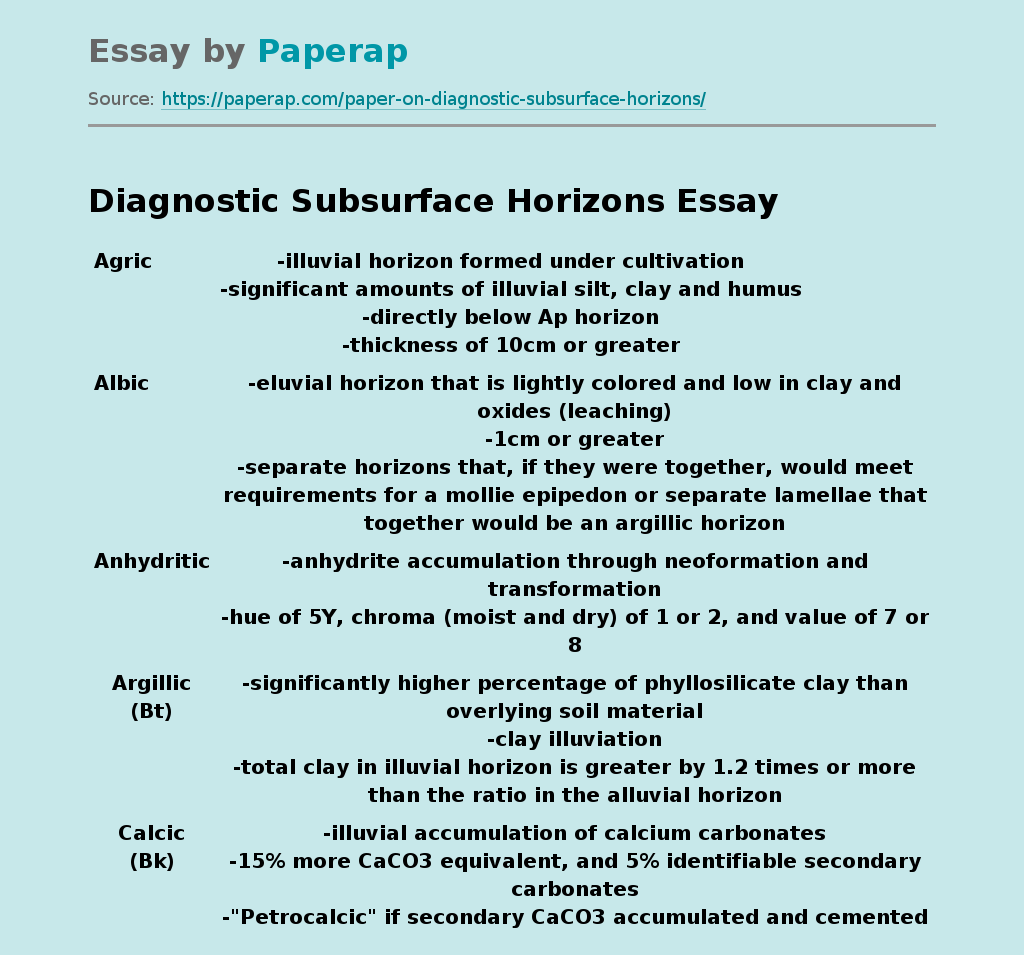Diagnostic Subsurface Horizons
Essay,
Pages 2 (469 words)
Views
24
|
|
||
|
|
||
|
|
||
|
|
||
|
|
||
|
|
||
|
|
||
|
|
||
|
|
||
|
|
||
|
|
||
|
|
||
|
|
||
|
|
||
|
|
||
|
|
||
|
|
Diagnostic Subsurface Horizons. (2018, Jan 01). Retrieved from https://paperap.com/paper-on-diagnostic-subsurface-horizons/
